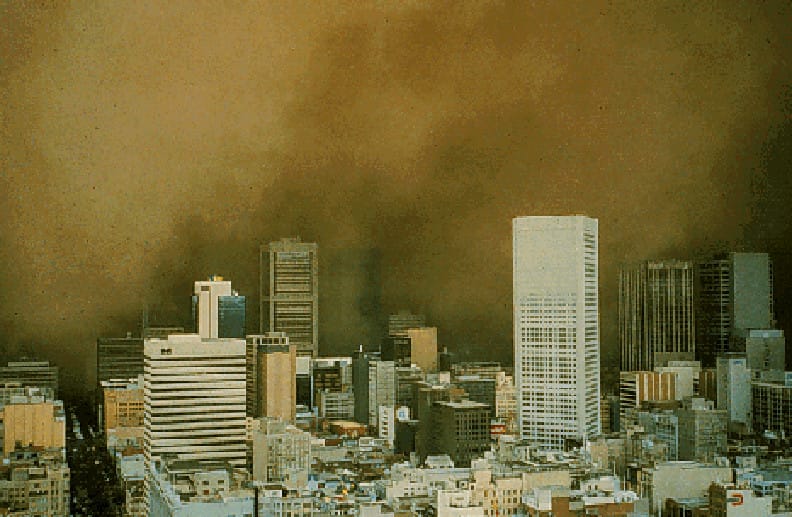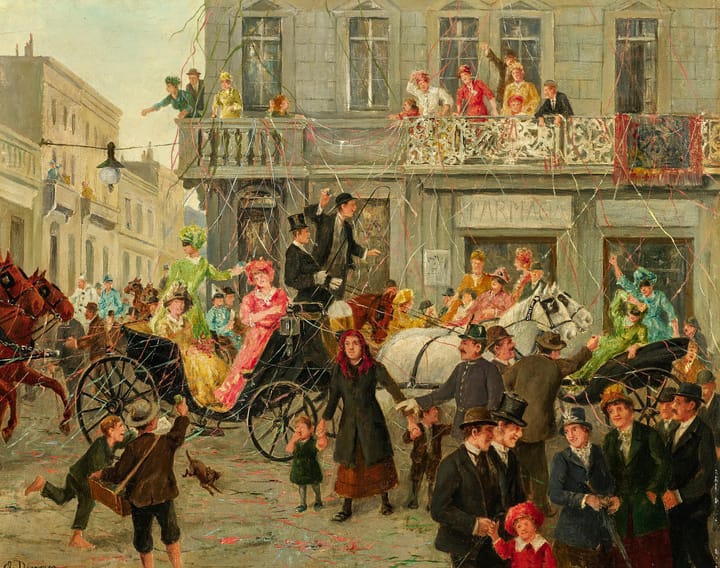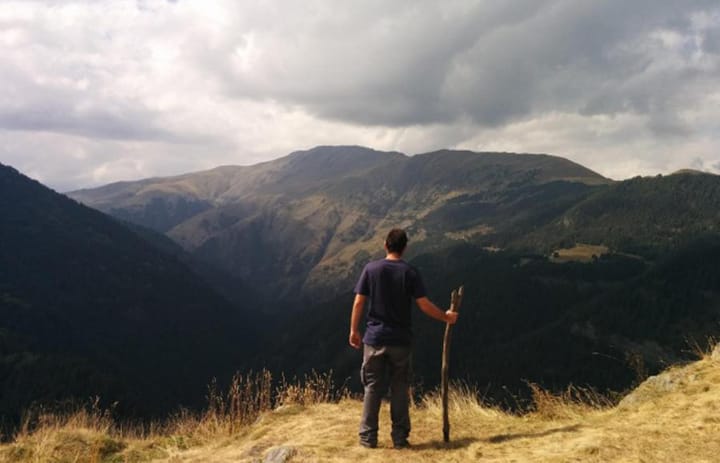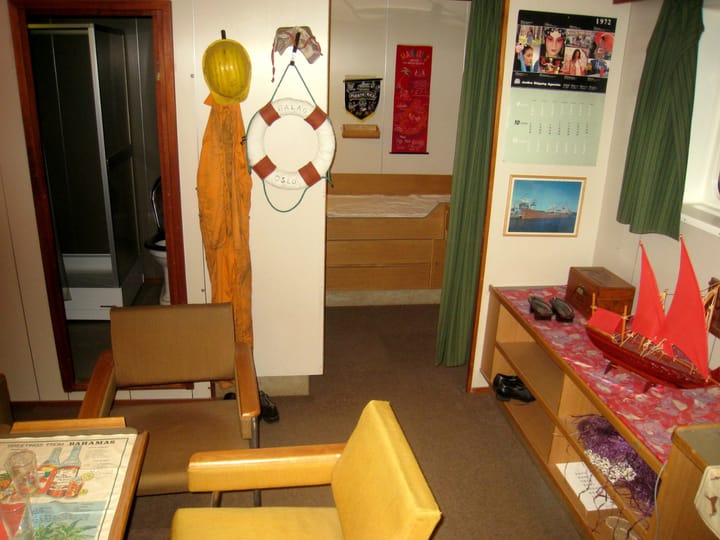The day the sky turned red: The Melbourne Dust Storm of 1983.
For two terrifying hours, a mammoth wall of dust turned one of Australia's largest cities into a vision of Hell.

Forty-two years ago this week, on February 8, 1983, something strange and ominous began happening in the skies above eastern Australia. It began with a cold front that moved across the continent in the early morning, and unusually high winds began to pick up loose topsoil in the farmlands of the eastern continent. This cold front met a mass of warm northerly winds. As often happens when cold air and warm air meet, bizarre and disturbing things began happening. In this case, the winds kicked up an immense amount of loose powdery topsoil, blowing it into a huge curtain of dust that began advancing like a red-brown tidal wave toward the city of Melbourne.
Australia had been suffering quite badly for the past several months from a terrible drought. The ENSO (El Nino Southern Oscillation), a cycle of wind and moisture variation that occurs every couple of years, was particularly bad in 1982-83, causing extreme weather events in both hemispheres. On February 8 it was Melbourne’s turn. As the giant wall of dust neared the city, temperatures spiked rapidly, hitting an almost incredible 109° F (42.7° C) in the early afternoon (remember, February in the southern hemisphere is deep summer). The dust curtain was 1,000 feet high when it struck the city shortly after 2:35 PM. Everything instantly ground to a halt–traffic, commerce, transportation, everything. Even breathing was difficult. Power went out in many parts of the city. The ferocious winds ripped the roofs off at least 50 houses and rained 1000 tons of dust, as fine as talcum powder, all over the area. It wasn’t just Melbourne that was affected; at its height the storm clouded most of eastern Australia.


